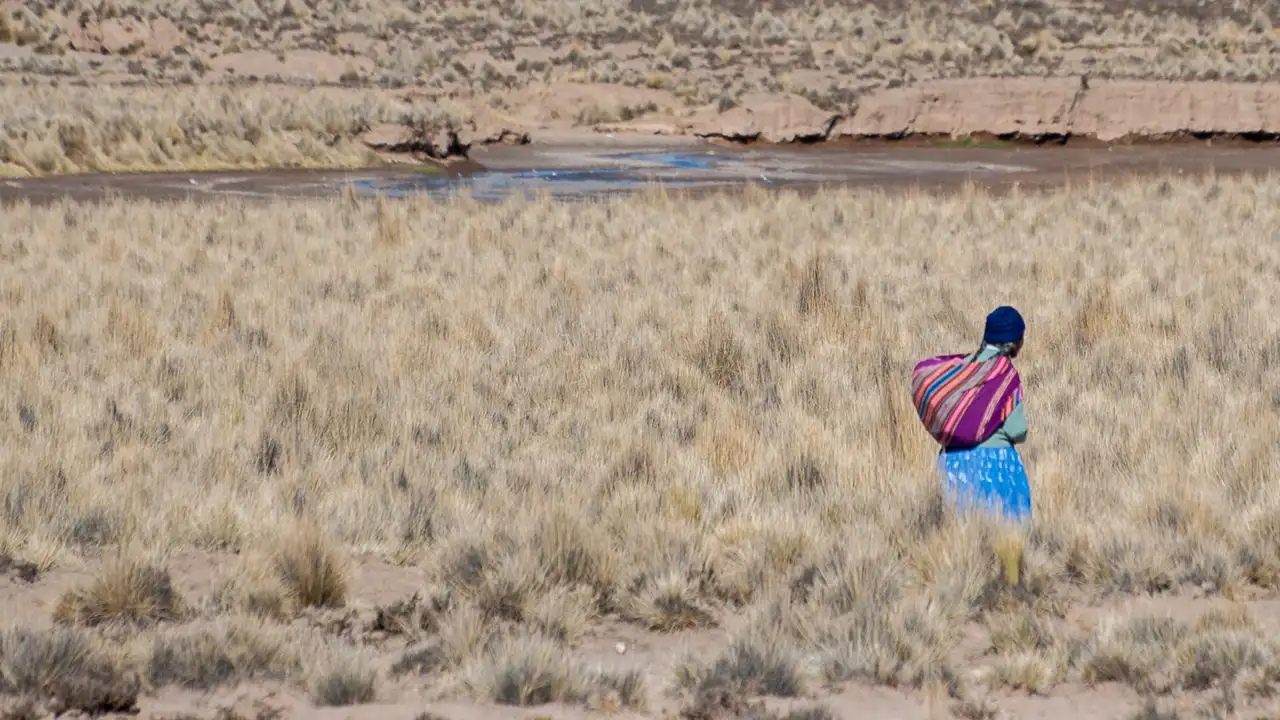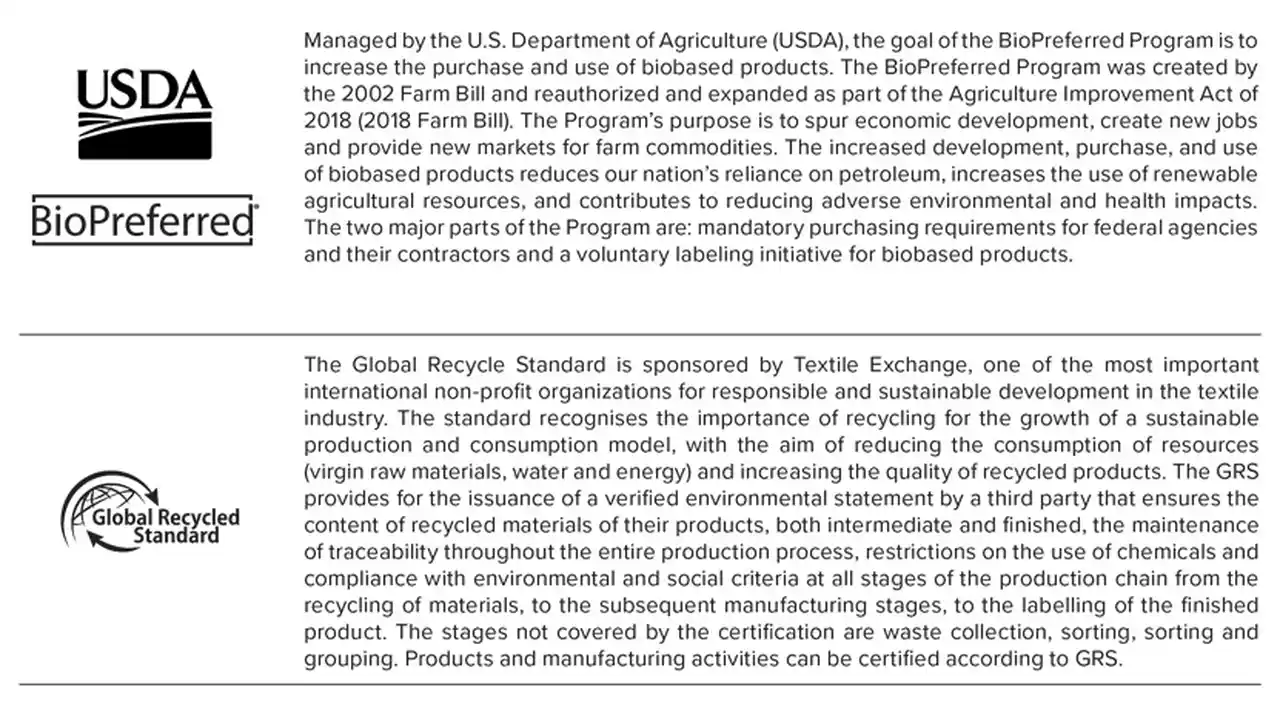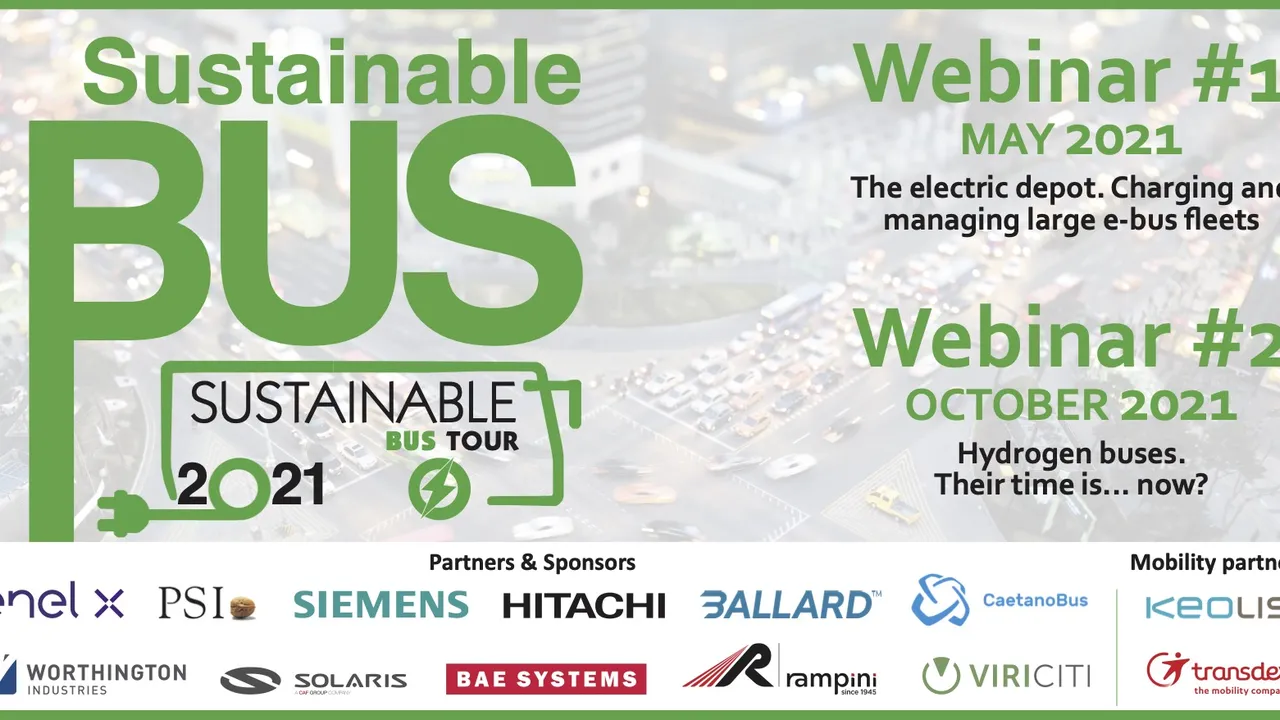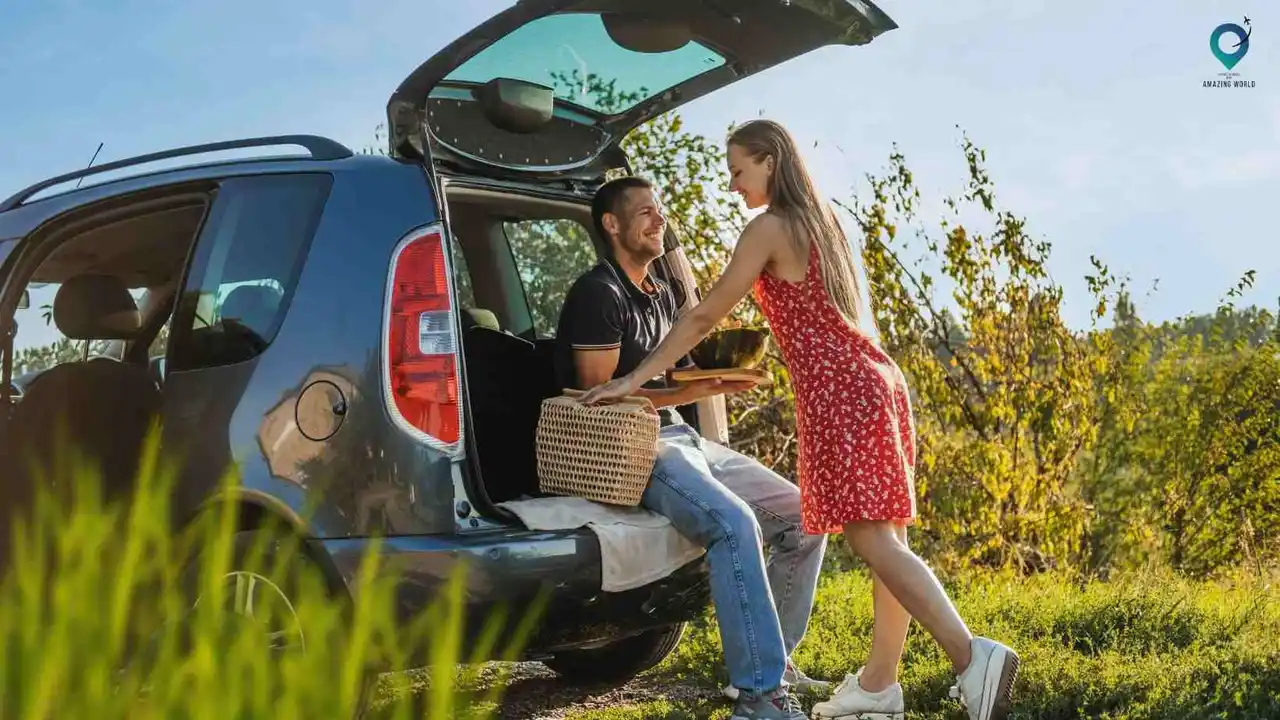Sustainable Photography Practices Guide
Make ethical wildlife tourism choices to support conservation efforts. Learn about responsible wildlife encounters and avoid activities that harm animals. Choose tours that prioritize animal welfare and habitat preservation.

Why Sustainable Photography Matters Eco-Friendly Practices
Hey there, shutterbugs! Ever thought about the impact your passion for photography has on the planet? We all love capturing those breathtaking landscapes and adorable wildlife moments, but it's time to consider how we can do it more sustainably. Sustainable photography isn't just a trend; it's a responsibility. It's about minimizing our environmental footprint while still creating stunning images. Let’s dive into some practices that can help you become a more eco-conscious photographer!
Minimizing Your Gear Footprint Sustainable Photography Equipment
Let's face it, photography gear can be resource-intensive. But there are ways to minimize your impact. First off, consider buying used gear whenever possible. Websites like KEH and MPB are great resources for finding high-quality used cameras, lenses, and accessories. Not only does this save you money, but it also reduces the demand for new products. When you do need to buy new, research brands that prioritize sustainability in their manufacturing processes. Look for cameras and lenses made with recycled materials or companies that have strong environmental commitments.
Another tip? Take care of your gear! Regular maintenance can extend the life of your equipment, reducing the need for replacements. Clean your lenses, store your camera properly, and invest in a good quality camera bag to protect it from damage.
Responsible Location Choices Ethical Photography Destinations
Where you photograph is just as important as how you photograph. Avoid sensitive areas like nesting sites or fragile ecosystems. Do your research before you go and be aware of any local regulations or guidelines. Respect wildlife by maintaining a safe distance and never feeding or disturbing animals. Overcrowding at popular photography locations can also have a negative impact, so consider exploring lesser-known spots.
Support local communities by hiring local guides and purchasing locally made products. This not only enriches your experience but also contributes to the economic sustainability of the region. Look for tours and workshops that prioritize environmental conservation and community involvement.
Reducing Waste Digital Photography Workflow
In the digital age, we have the opportunity to significantly reduce waste. Avoid printing photos unnecessarily and embrace digital workflows. Use cloud storage services like Google Photos or Dropbox to back up your images instead of relying on physical storage devices. When you do need to print, choose eco-friendly paper made from recycled materials or sustainable forestry practices. Consider using a local print shop that prioritizes sustainability.
Another tip? Optimize your editing workflow to reduce energy consumption. Use energy-efficient software and hardware, and turn off your computer when you're not using it. Even small changes can make a big difference over time.
Wildlife Photography Ethics Responsible Animal Photography
Wildlife photography can be incredibly rewarding, but it's crucial to prioritize the well-being of the animals. Never approach or harass wildlife for a better shot. Use a telephoto lens to maintain a safe distance and avoid disturbing their natural behavior. Avoid using flash photography, which can disorient or scare animals.
Be mindful of your impact on the environment. Stay on designated trails, avoid trampling vegetation, and pack out all your trash. If you're photographing in a protected area, be sure to obtain the necessary permits and follow all regulations.
Landscape Photography Conservation Protecting Natural Beauty
Landscape photography allows us to capture the beauty of the natural world, but it's important to protect that beauty for future generations. Practice Leave No Trace principles by minimizing your impact on the environment. Stay on established trails, avoid disturbing vegetation, and pack out all your trash. Be mindful of erosion and avoid creating new trails. Respect wildlife by maintaining a safe distance and avoiding disturbing their natural habitats.
Advocate for conservation by sharing your images and stories with others. Use your platform to raise awareness about environmental issues and inspire others to take action. Support organizations that are working to protect our planet.
Product Recommendations for Sustainable Photography Gear
Okay, let's talk gear! Here are a few specific product recommendations that align with sustainable photography practices:
Peak Design Everyday Backpack V2 Sustainable Camera Bag
The Peak Design Everyday Backpack V2 is a fantastic choice for eco-conscious photographers. It's made from recycled materials and designed to last. It's incredibly versatile and can accommodate a wide range of camera equipment. The bag features customizable dividers, allowing you to organize your gear to your liking. It's also weather-resistant, protecting your equipment from the elements. Use Case: Perfect for day trips, travel, and everyday carry. Comparison: Compared to other camera bags, the Peak Design Everyday Backpack V2 stands out for its sustainable materials and thoughtful design. It's more expensive than some options, but the durability and eco-friendly features make it worth the investment. Price: Around $300.
NiSi Filters Natural Night Filter Sustainable Photography Accessory
NiSi Filters are known for their high quality and durability. The Natural Night Filter is designed to reduce light pollution, allowing you to capture stunning nightscapes. They also offer a range of other filters, including graduated neutral density filters and polarizers. Use Case: Essential for landscape photographers who want to capture stunning images in challenging lighting conditions. Comparison: Compared to other filter brands, NiSi Filters are known for their exceptional quality and durability. They are more expensive than some options, but the superior performance and longevity make them a worthwhile investment. Price: Around $150.
Tenba Cineluxe Pro Gimbal Backpack 24 Sustainable Gear Hauling
Need to haul a gimbal and camera setup? The Tenba Cineluxe Pro Gimbal Backpack 24 is built with durability in mind, meaning less frequent replacements. While not explicitly made from recycled materials, its long lifespan contributes to sustainability by reducing consumption. Use Case: Ideal for videographers and photographers who need to transport gimbals and camera rigs safely. Comparison: This bag is incredibly robust compared to cheaper alternatives. While other bags might be lighter, the Tenba prioritizes protection and longevity. Price: Around $400.
Think Tank Photo Airport Advantage Sustainable Gear Protection
Think Tank Photo is known for its durable and well-designed camera bags. While not all their bags are made from recycled materials, they are built to last, reducing the need for frequent replacements. The Airport Advantage is a lightweight and compact rolling bag that's perfect for travel. Use Case: Ideal for photographers who travel frequently and need a reliable and compact bag for their gear. Comparison: Compared to other rolling camera bags, the Think Tank Photo Airport Advantage stands out for its lightweight design and durable construction. It's also designed to meet most airline carry-on requirements. Price: Around $250.
Patagonia Black Hole Duffel Bag Sustainable Travel Companion
Okay, this isn't *specifically* for camera gear, but hear me out. You need a bag to carry *everything else*! The Patagonia Black Hole Duffel Bag is made from recycled materials and is incredibly durable. It's perfect for carrying clothing, accessories, and other travel essentials. Use Case: Ideal for travel, camping, and outdoor adventures. Comparison: Compared to other duffel bags, the Patagonia Black Hole Duffel Bag stands out for its sustainable materials and rugged construction. It's also water-resistant, protecting your belongings from the elements. Price: Around $150.
Eco-Friendly Editing Software Sustainable Digital Workflow
Even the software you use can have an impact! Look for programs with optimized energy usage. While it's tough to quantify directly, using efficient software means less drain on your computer, and therefore, less energy consumption. Consider using open-source or smaller software companies who often prioritize efficiency. Regularly cleaning up your digital files and archiving old projects also helps keep your computer running smoothly, reducing overall energy use.
The Power of Sharing Ethical Photography Advocacy
Finally, remember that your images have the power to inspire change. Share your sustainable photography practices with others and encourage them to adopt similar habits. Use your platform to raise awareness about environmental issues and advocate for conservation. Together, we can make a difference and create a more sustainable future for photography.
:max_bytes(150000):strip_icc()/277019-baked-pork-chops-with-cream-of-mushroom-soup-DDMFS-beauty-4x3-BG-7505-5762b731cf30447d9cbbbbbf387beafa.jpg)






